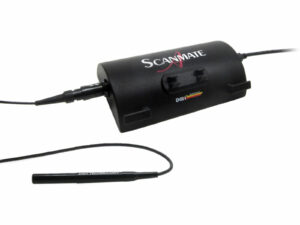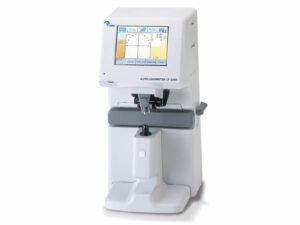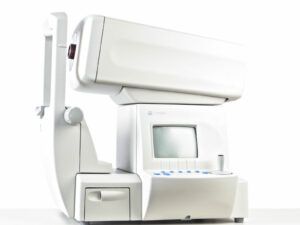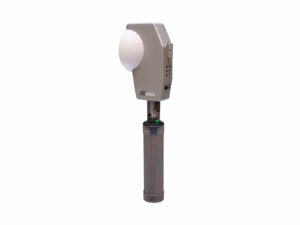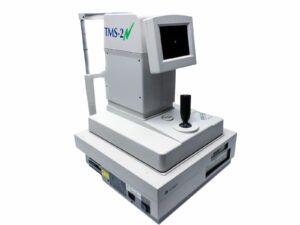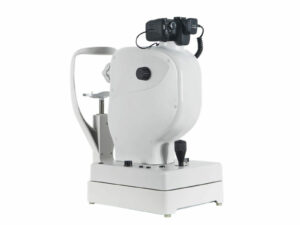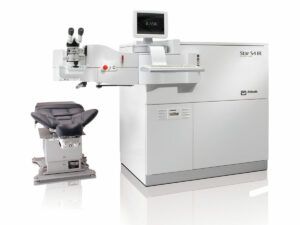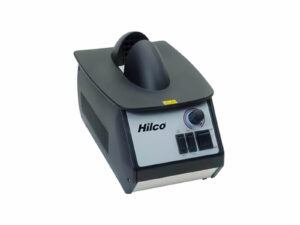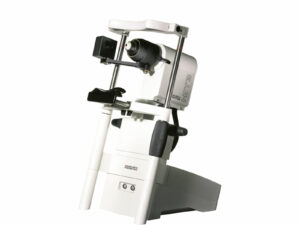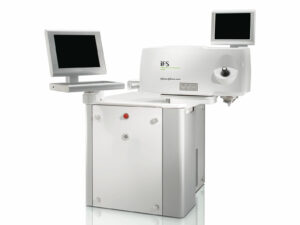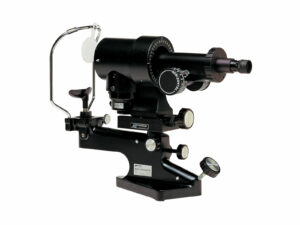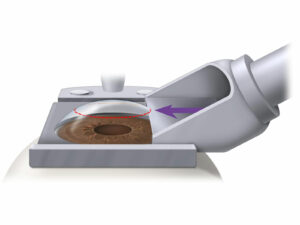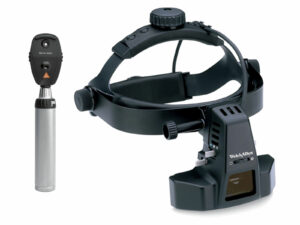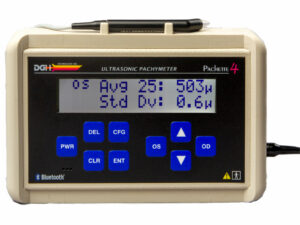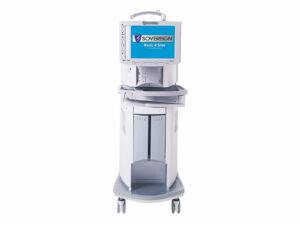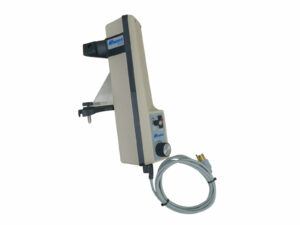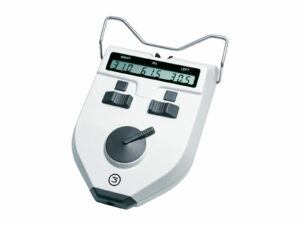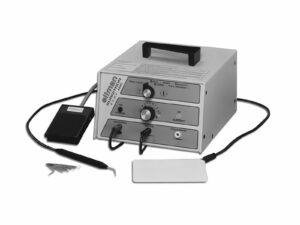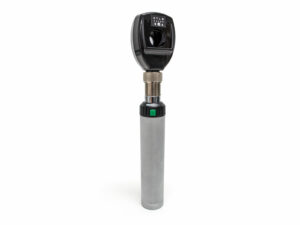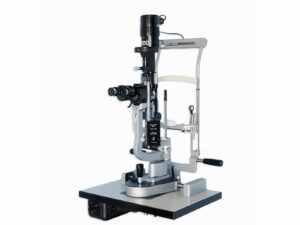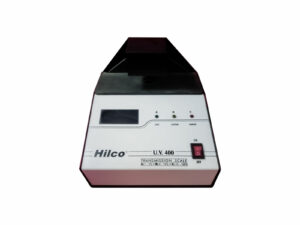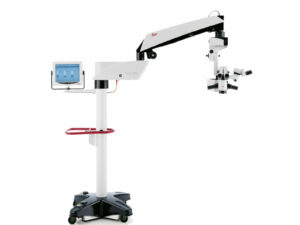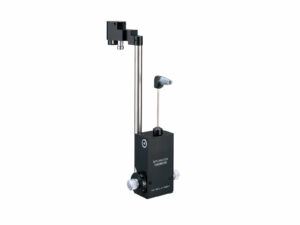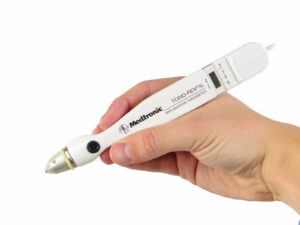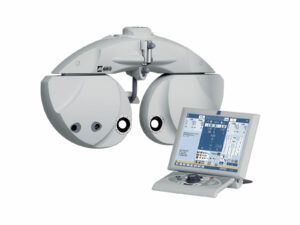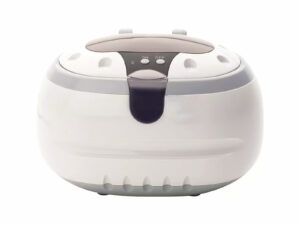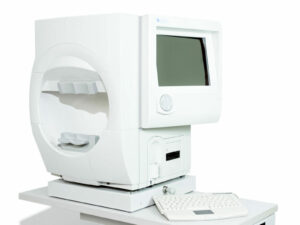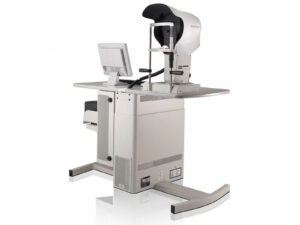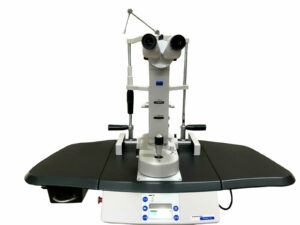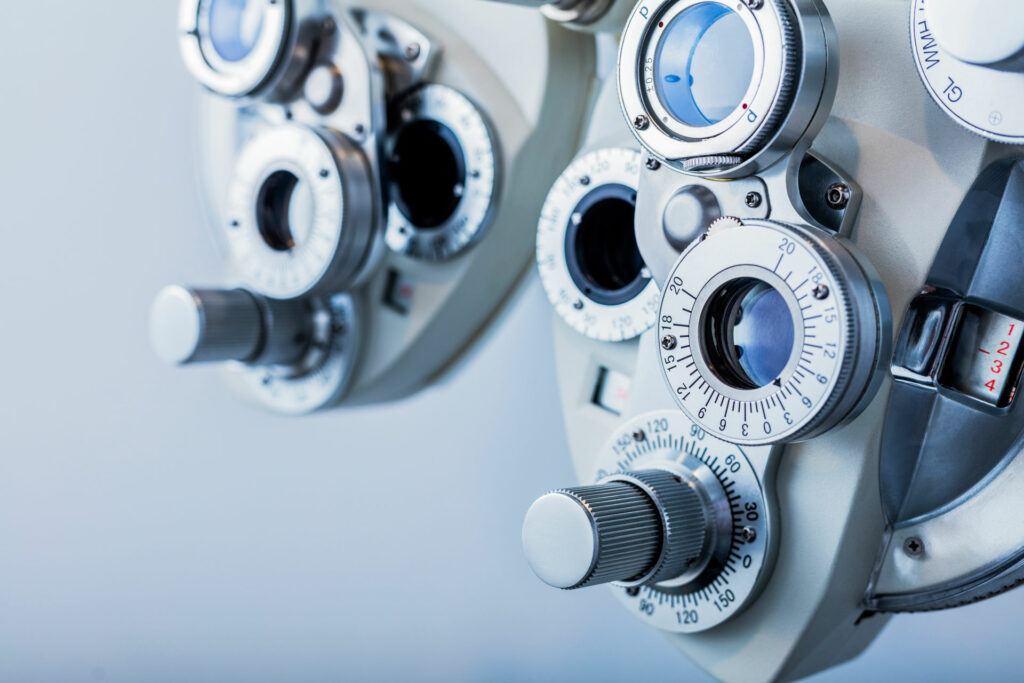
In the last 20+ years, technology has advanced far beyond we could have ever imagine especially when it comes to medicine. NeoVision knows how important a role equipment plays in diagnosis and treatment accuracy. For this reason we make it part of our mission to invest in the latest, state-of-the-art diagnostic and surgical tech so that we are always providing you with the best available eye care. Furthermore, we only trust our machines to their original manufacturers for any servicing.
If you are ever curious about the equipment we use during your appointment, feel free to ask us about it. Dr. Tandon and our technicians are more than happy to answer any questions you might have. We want your visit with us to be as comfortable as possible.
IntraLase is the first blade-free laser technology for performing the first step of the LASIK procedure: creating the corneal flap. IntraLase improves the overall safety profile and visual results of LASIK because it is dramatically less likely to produce seriously thin flaps or extremely thick flaps, events which could lead to devastating complications.
An ophthalmoscope is an instrument that enables a doctor to examine the inside of your eye. With it, a doctor can see the vitreous humor (the jellylike substance in the eye), the retina, the optic nerve, and the retinal veins and arteries. It comes in two types: a direct and an indirect ophthalmoscope.
A direct ophthalmoscope is a handheld device while an indirect ophthalmoscope is a binocular device that is worn on the patient’s head.
The Total Refraction System analyzes massive amounts of visual measurement data and computes “the most comfortable visual acuity value” for the patient automatically. The TRS allows patients to simultaneously view their potential Rx options including day and night vision differences, delivering immediate appreciation for their new Rx.
The Humphrey 740 Visual Field Analyzer is optimized so patients may be tested using their own glasses (no requirement for trial lenses or eye patches), takes approximately 40s per eye, and produces simplified results interpretations.
On occasion, Dr. Tandon may prefer the Goldmann visual field test rather than the Humphrey. Goldmann visual field perimetry is the preferred method to clinically assess visual fields in patients with low vision or complex scotomas.
YAG capsulotomy is a type of laser eye surgery that’s used to treat a specific complication of cataract surgery known as posterior capsule opacification (PCO). This problem is caused by scar tissue forming behind a lens implant after cataract surgery. The complication may occur a few weeks after cataract surgery, but also could take years before it appears.

